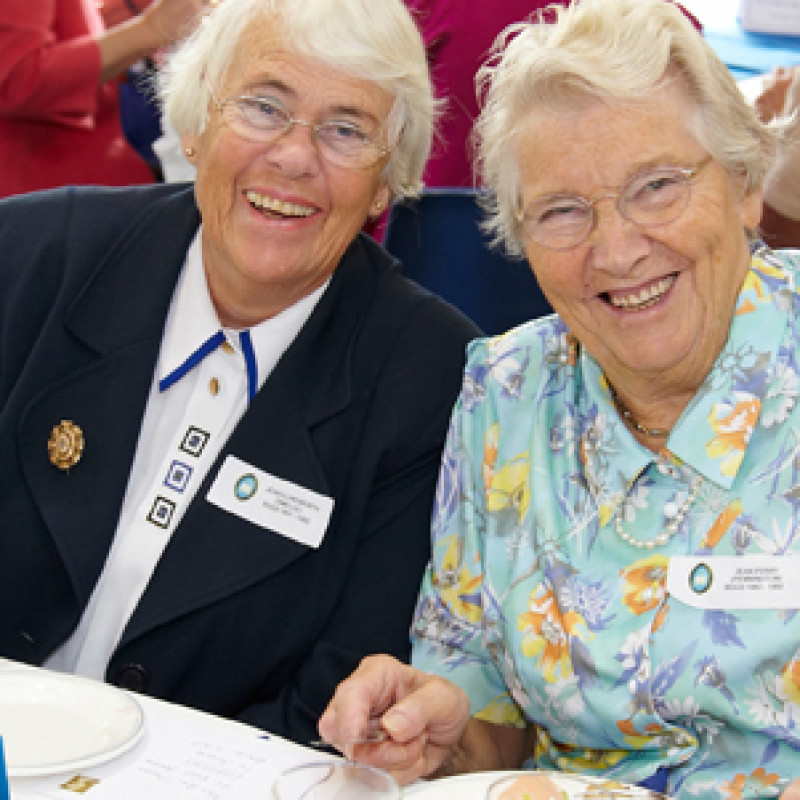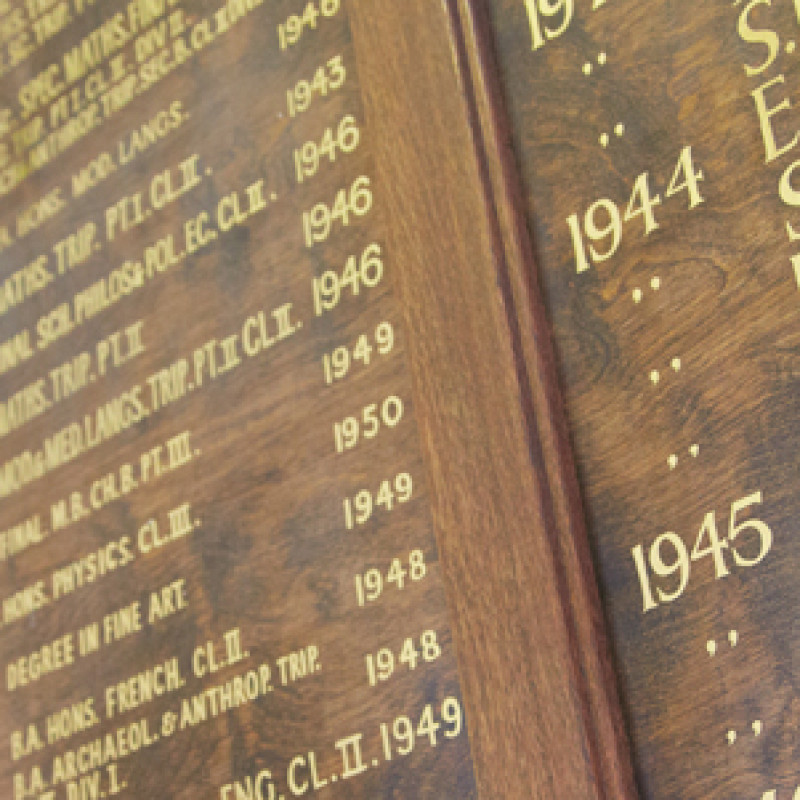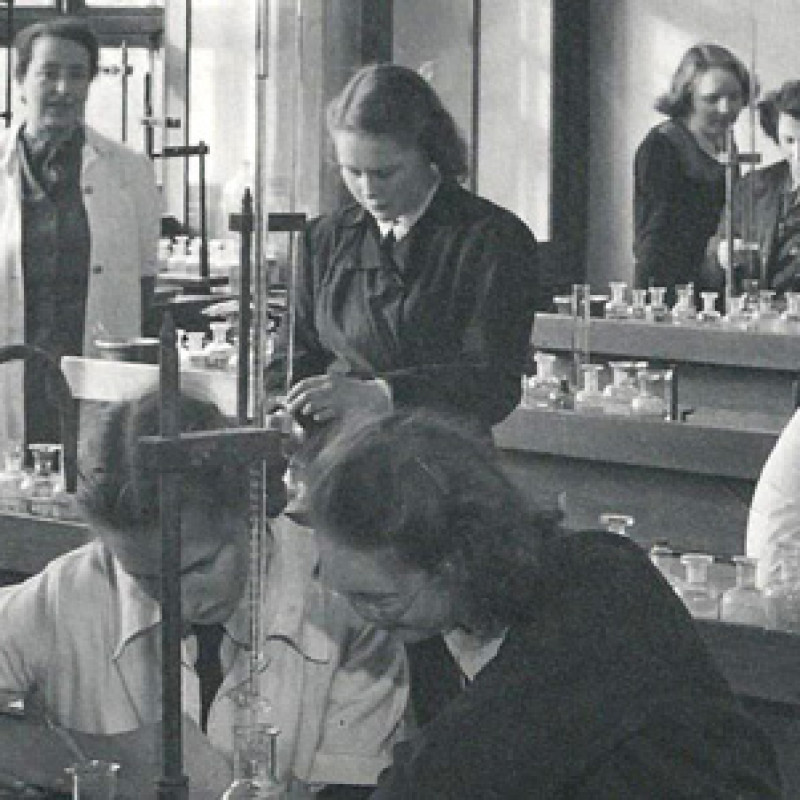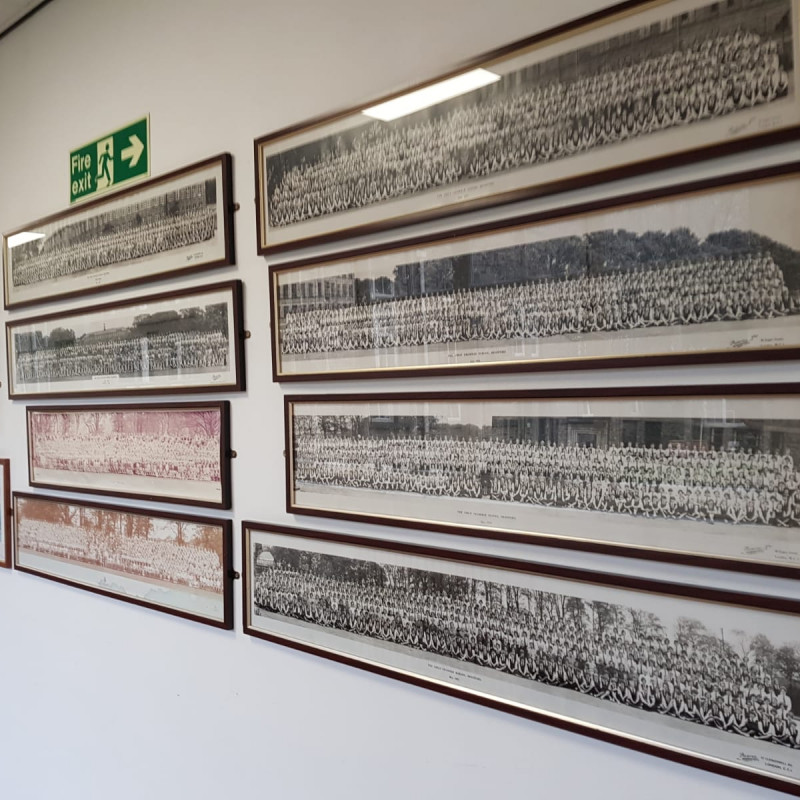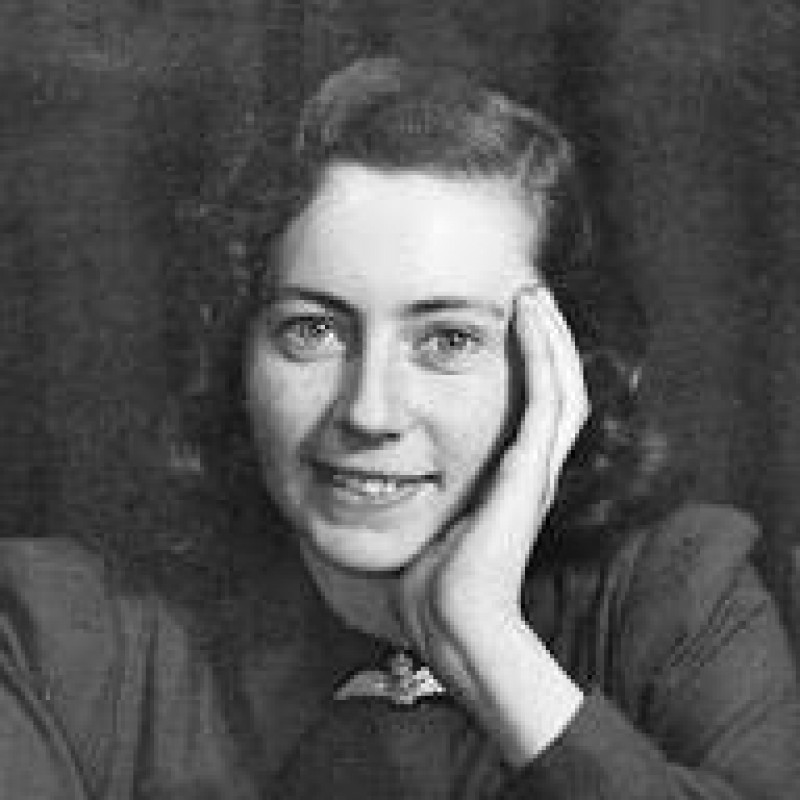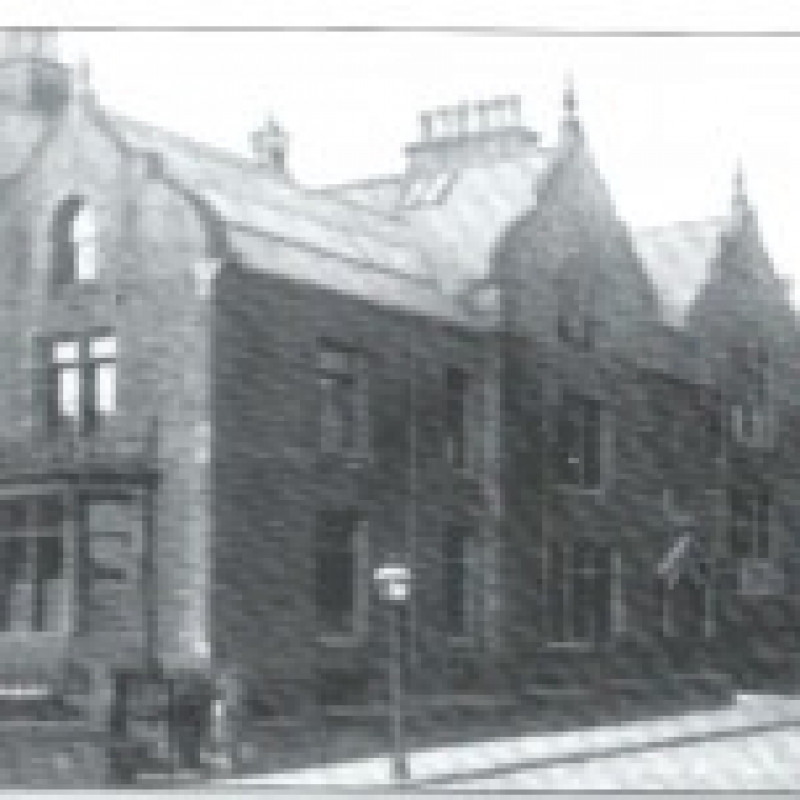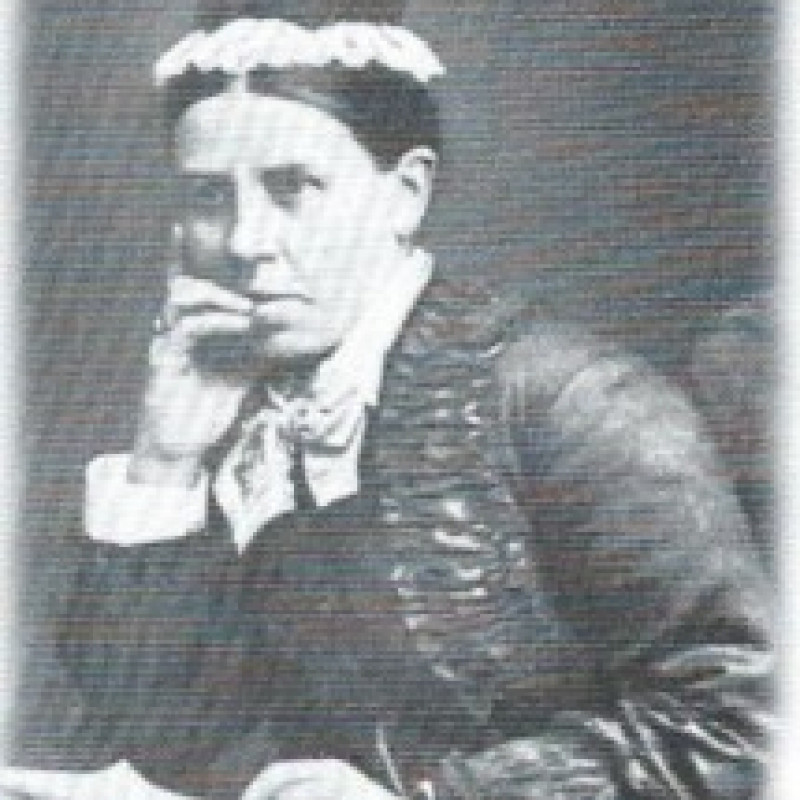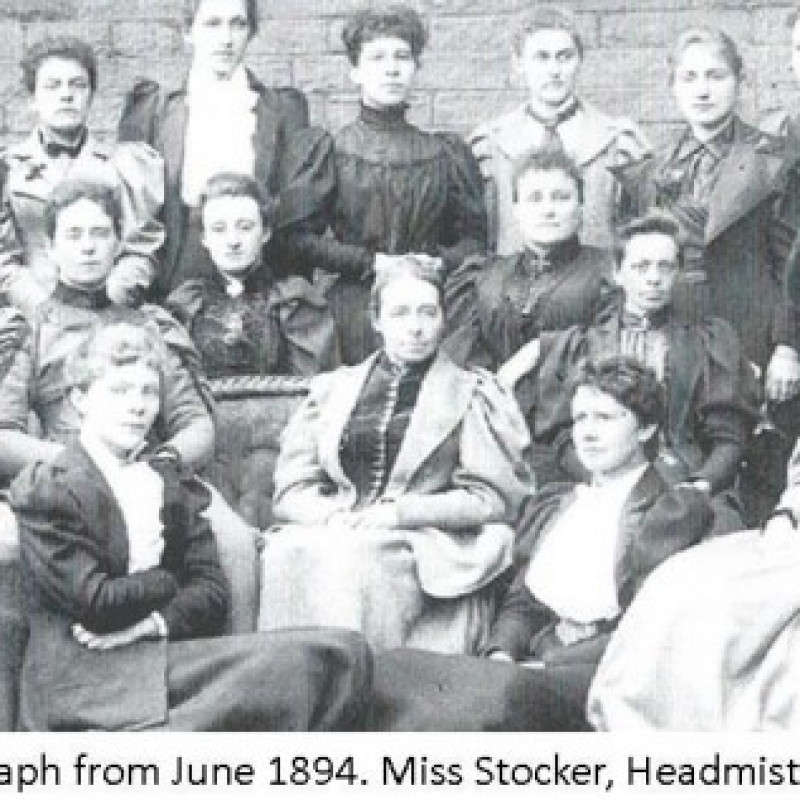In the Jubilee Celebrations of 1925, the school had much to be proud of and many tributes to pay to the headmistresses, staff, governors and old girls, who had, in the face of much prejudice, shown what girls’ education could achieve. In particular the debt was acknowledged for the inspirational leadership of its three headmistresses: Miss Porter, second to none as both teacher and organiser; Miss Stocker, awe inspiring and original in thought; and Miss Roberts, headmistress from 1894 to 1927 who inspired deep love and reverence, amongst staff and pupils alike.
Tribute was also paid to two of the original Board of Governors, Lady Byles and Mrs Titus Salt as well as to Mr Duncan Law, the first chair of Governors, whose daughter Margaret Law was present during the celebrations and who worked tirelessly for the school.
For the pupils themselves, a new world was opening up. Letters from Old Girls studying at the women’s colleges of Oxford, Cambridge and London, provide an inspiring insight into the career opportunities for women in the first part of the twentieth century as well as to some of the doors that remained firmly closed:
All the triposes or honour examinations of the university are open to us, with the exception, I believe, of the medical examinations.
Bradford Girls’ Grammar School alumni were also venturing out into the world, travelling widely in America, South Africa, Europe and Japan. They went as teachers, sometimes as missionaries, and were always prepared to write back to the school with their experiences to inspire others.
Despite these pioneers however in 1916 Miss Roberts was to make a special plea to parents to encourage their daughters to look beyond the home as a career.
The School Honours Board pays tribute to the generations of girls who pioneered careers for women before the First World War, entering the medical professions, becoming lawyers, headmistresses of other girls’ schools and university lecturers.
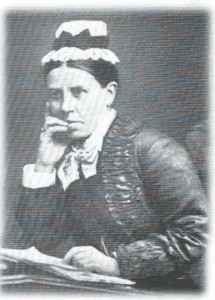 Bradford Girls’ Grammar School’s first students were mainly the daughters of professional men and the merchant families of the Manningham area who paid the sum of 4 guineas a term; twelve guineas per annum; no extras… Through the generosity of Sir Titus Salt and Mr Henry Brown, scholarships were made available for girls from less well off families to aspire to the newly opening colleges in Oxford, Cambridge and London.
Bradford Girls’ Grammar School’s first students were mainly the daughters of professional men and the merchant families of the Manningham area who paid the sum of 4 guineas a term; twelve guineas per annum; no extras… Through the generosity of Sir Titus Salt and Mr Henry Brown, scholarships were made available for girls from less well off families to aspire to the newly opening colleges in Oxford, Cambridge and London.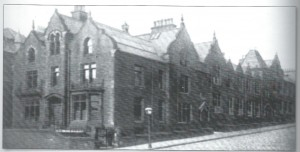 As early as the seventeenth century it had been declared that there should be ‘one free Grammar School of King Charles at Bradford for the teaching, instructing, and better bringing up of children and youth in Grammar and other good learning and literature. Despite the fine intentions of that noble statement however, there were still no secondary schools for girls in the city of Bradford by the mid 19th century.
As early as the seventeenth century it had been declared that there should be ‘one free Grammar School of King Charles at Bradford for the teaching, instructing, and better bringing up of children and youth in Grammar and other good learning and literature. Despite the fine intentions of that noble statement however, there were still no secondary schools for girls in the city of Bradford by the mid 19th century.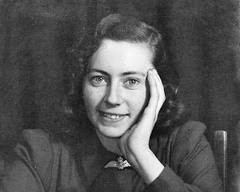 Prominent in those early years was one girl who fought in the school mock election of 1929 as a Labour candidate, winning just 29 votes! In the spirit of the school, the rebel Barbara Betts was made Head Girl and went on to St Hugh’s College, Oxford and eventually become the prominent Labour politician Barbara Castle.
Prominent in those early years was one girl who fought in the school mock election of 1929 as a Labour candidate, winning just 29 votes! In the spirit of the school, the rebel Barbara Betts was made Head Girl and went on to St Hugh’s College, Oxford and eventually become the prominent Labour politician Barbara Castle.